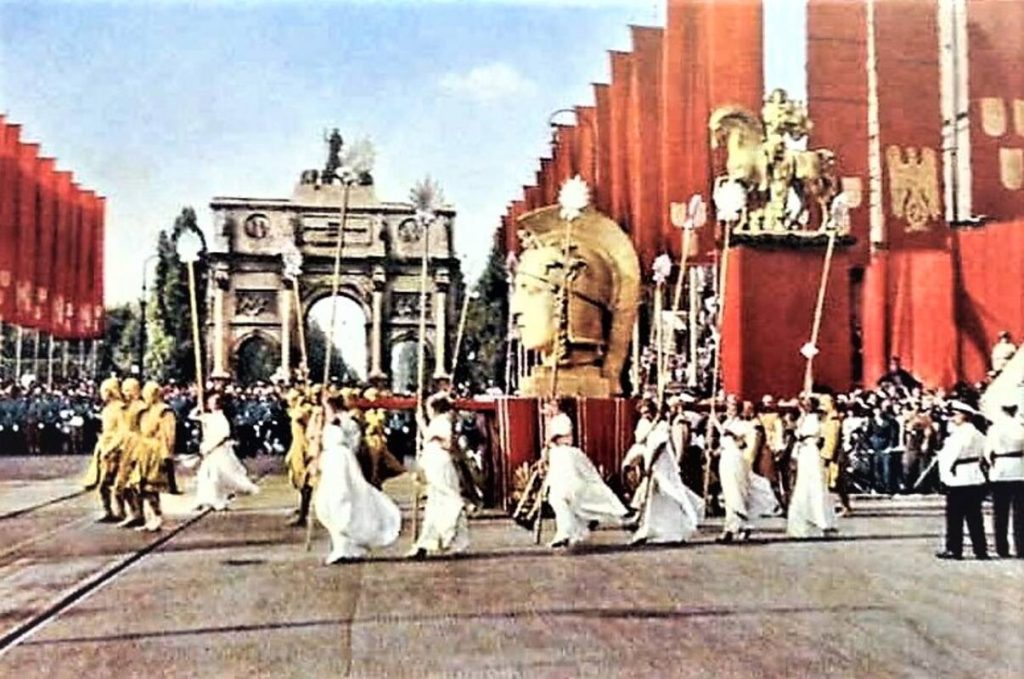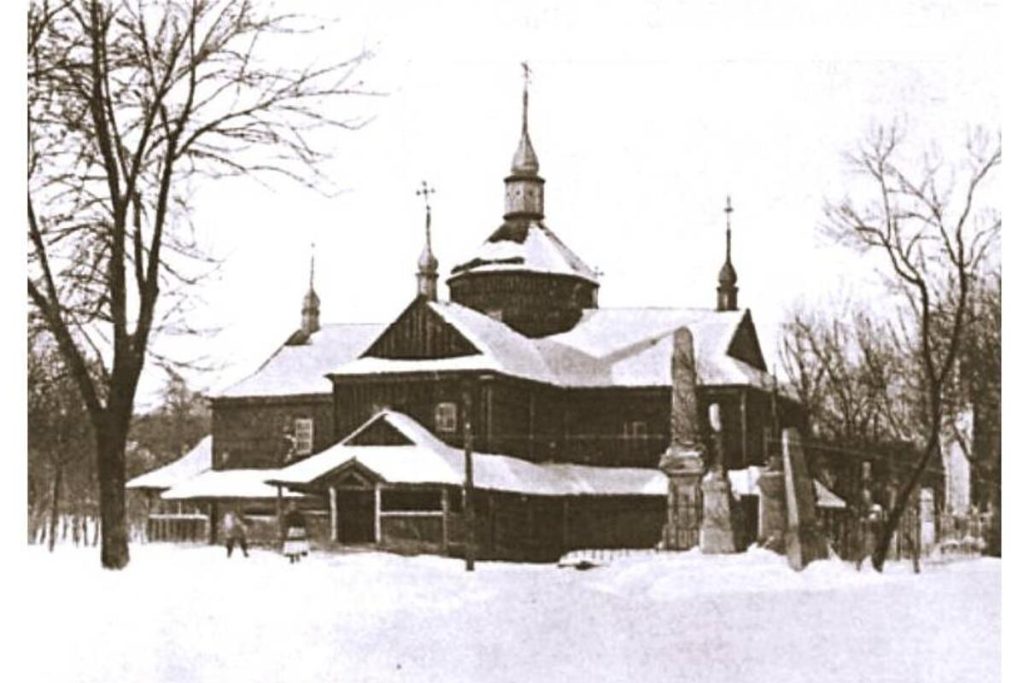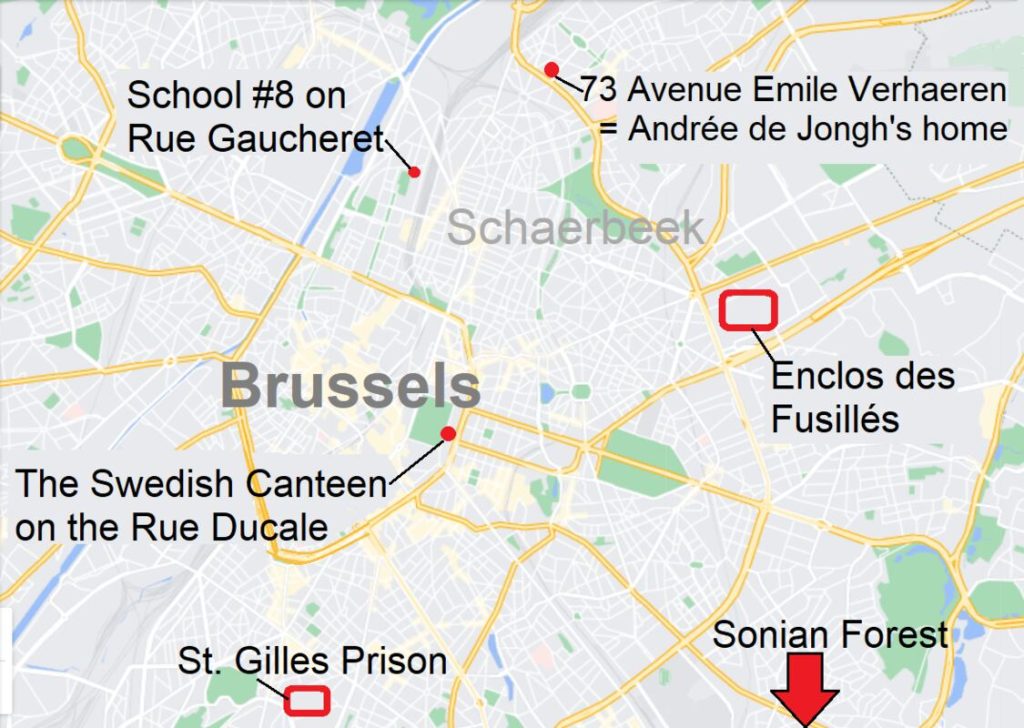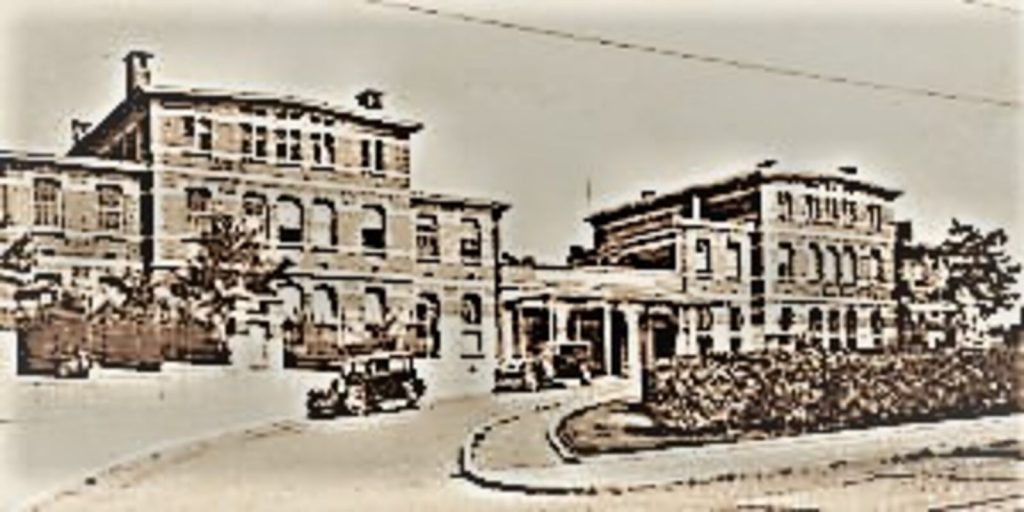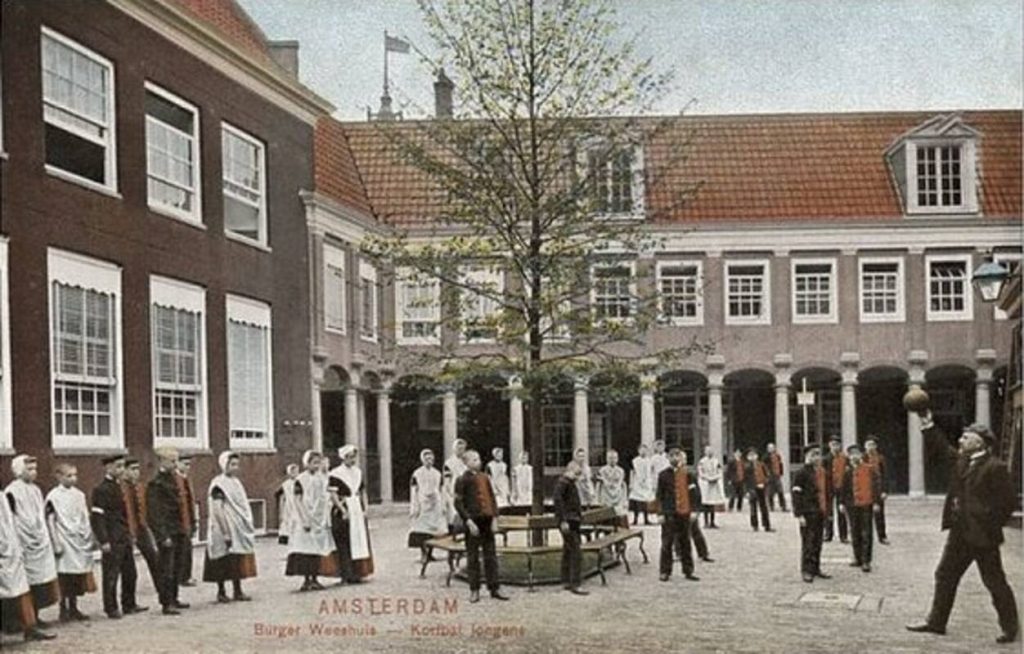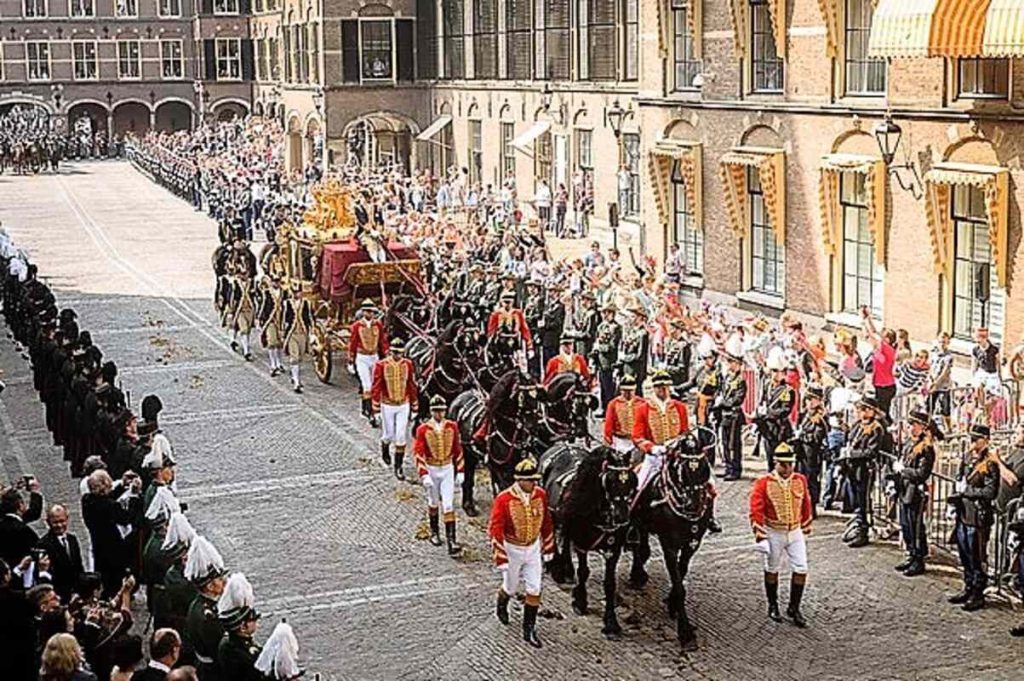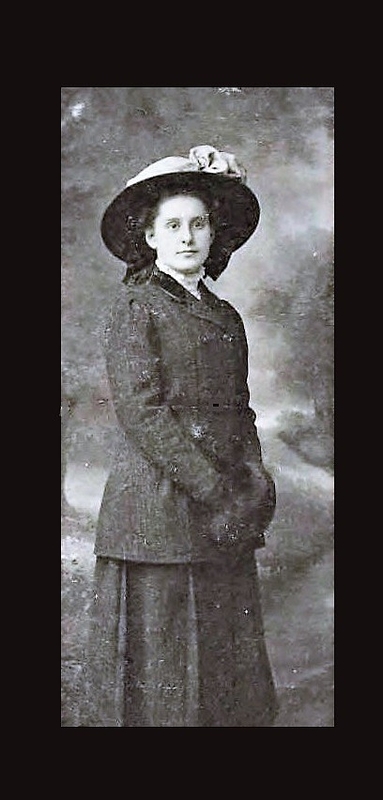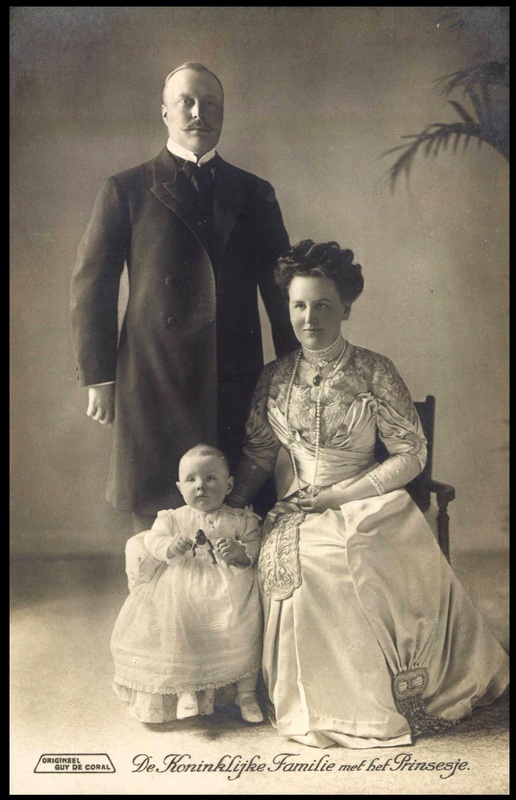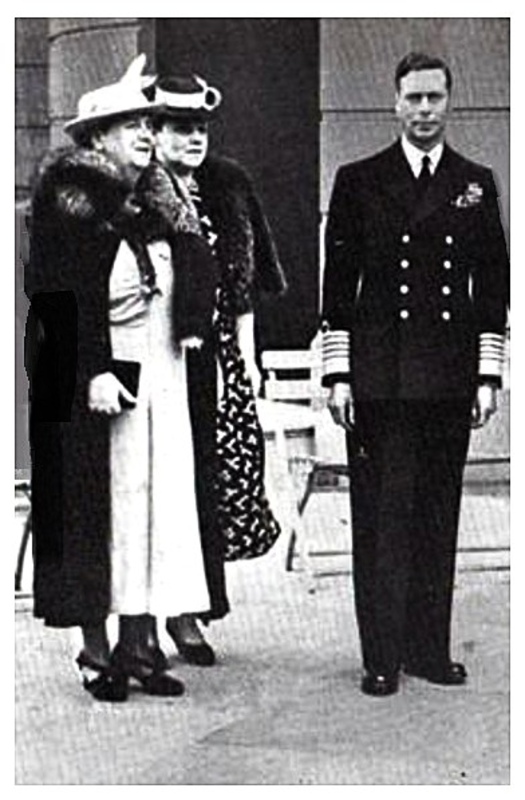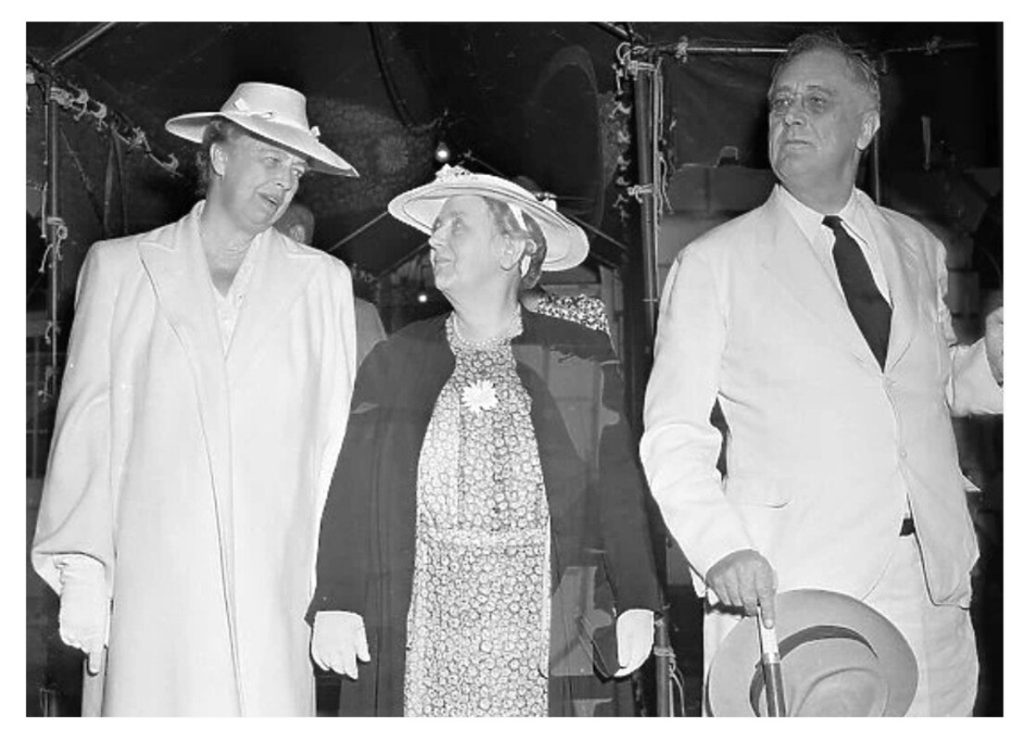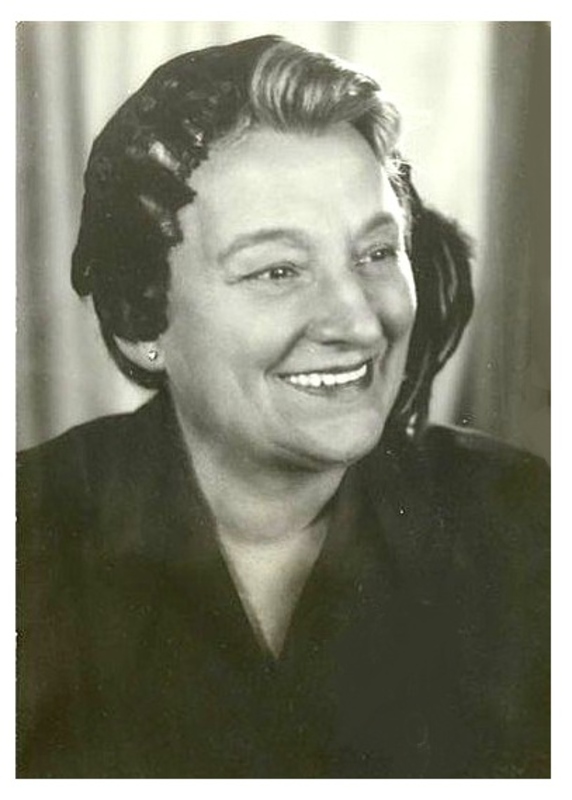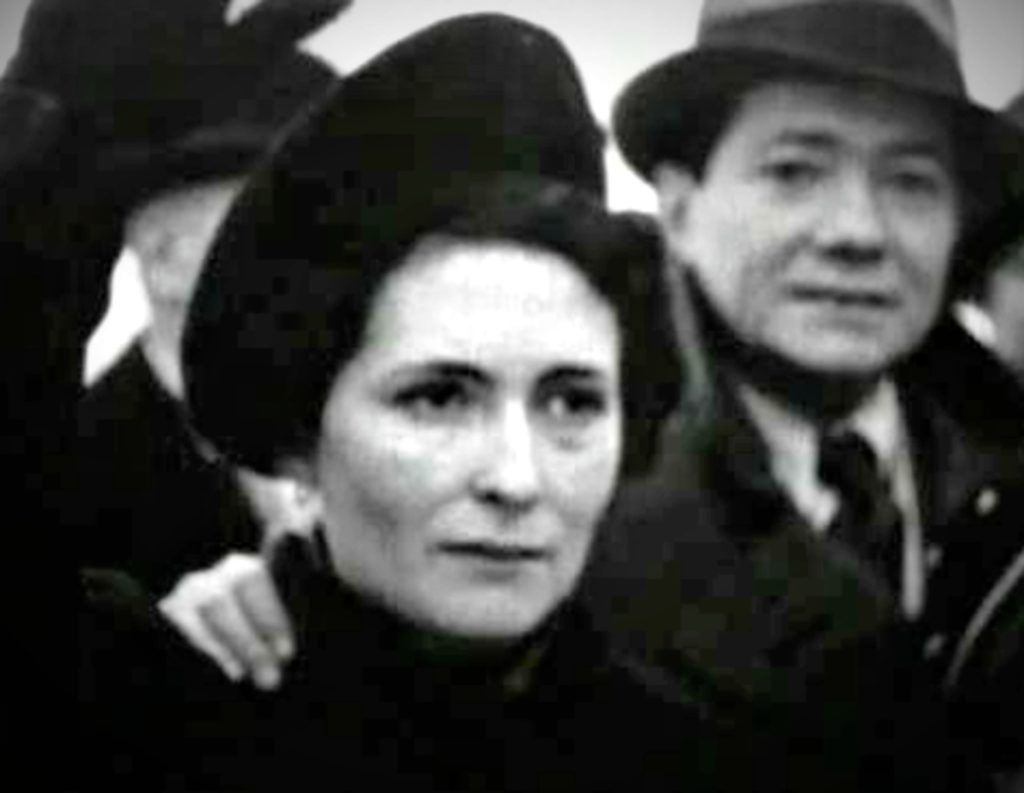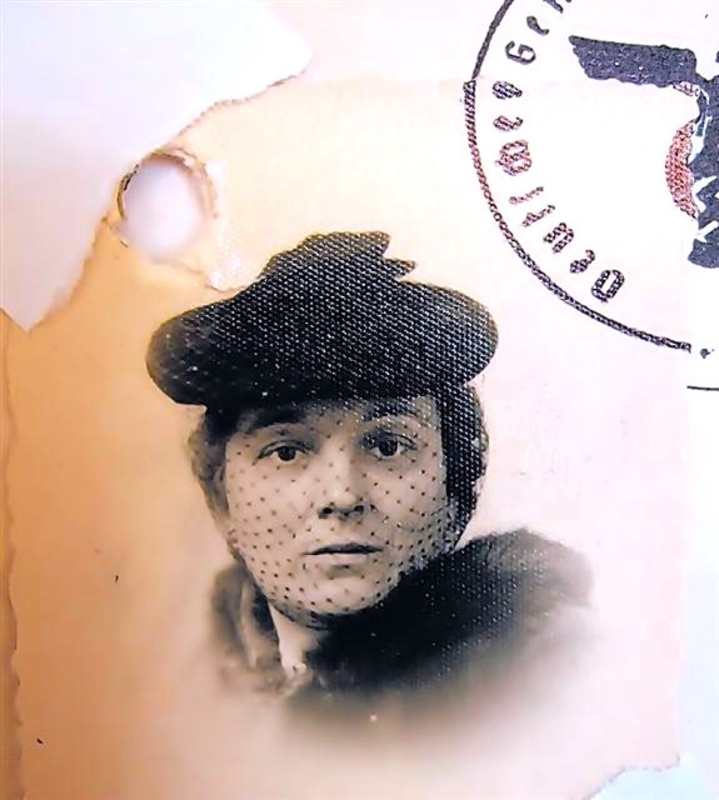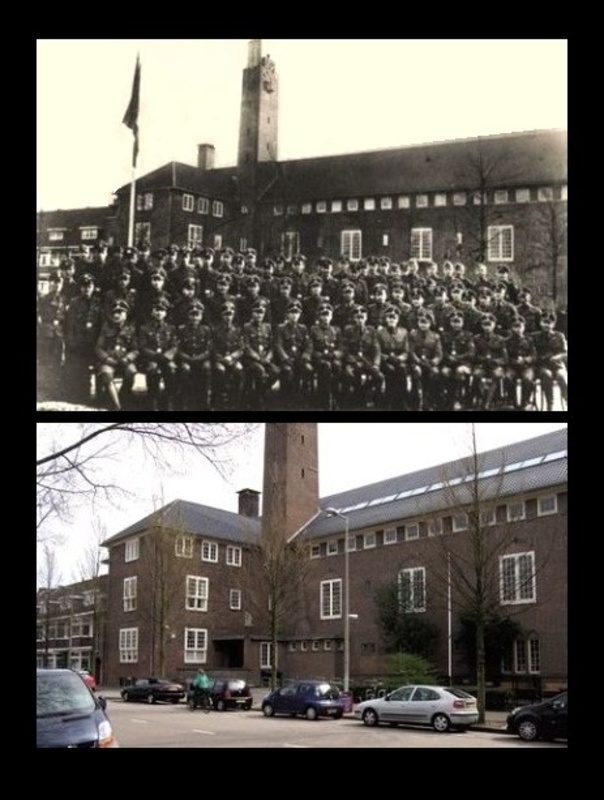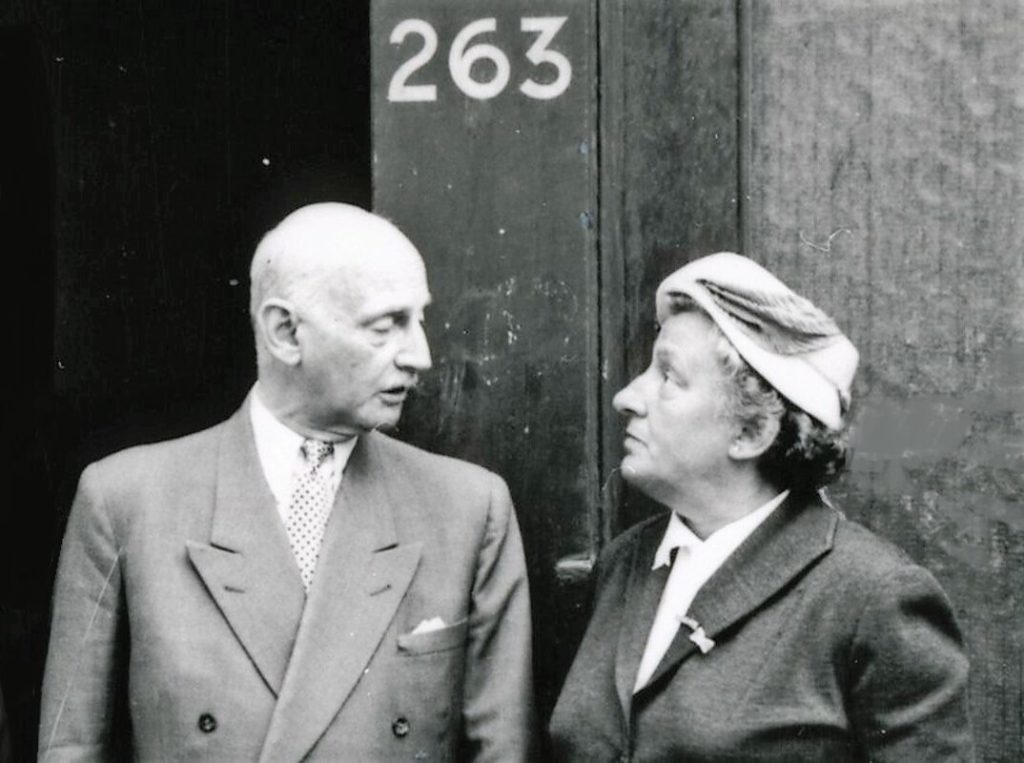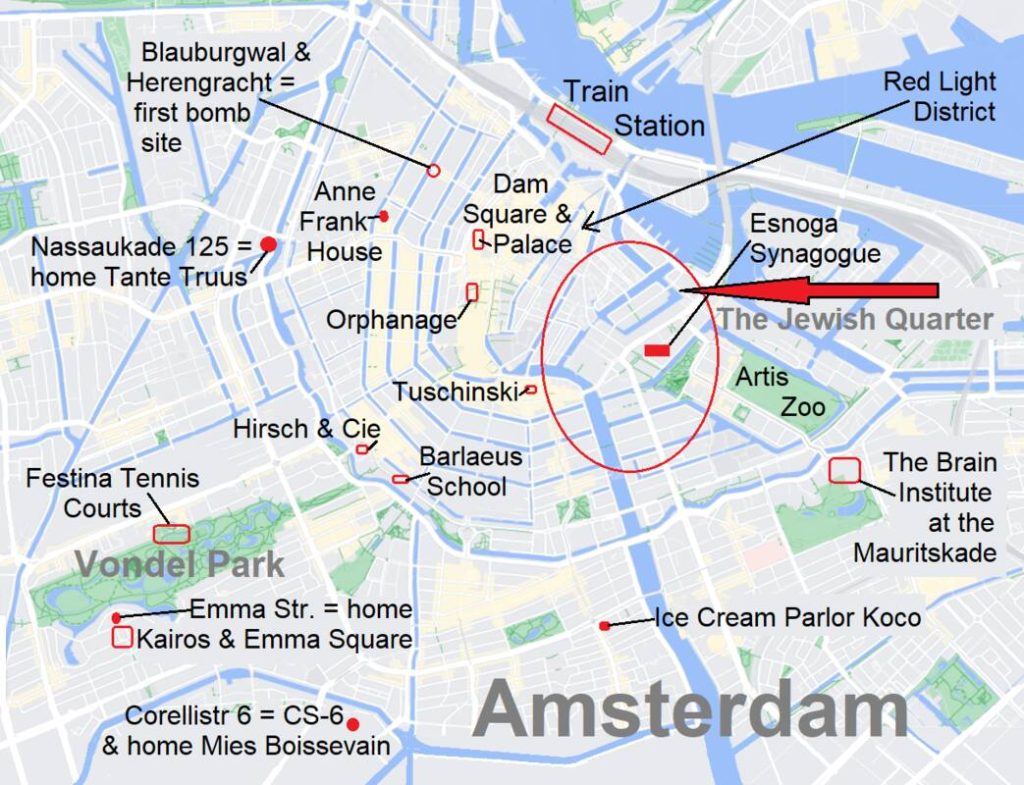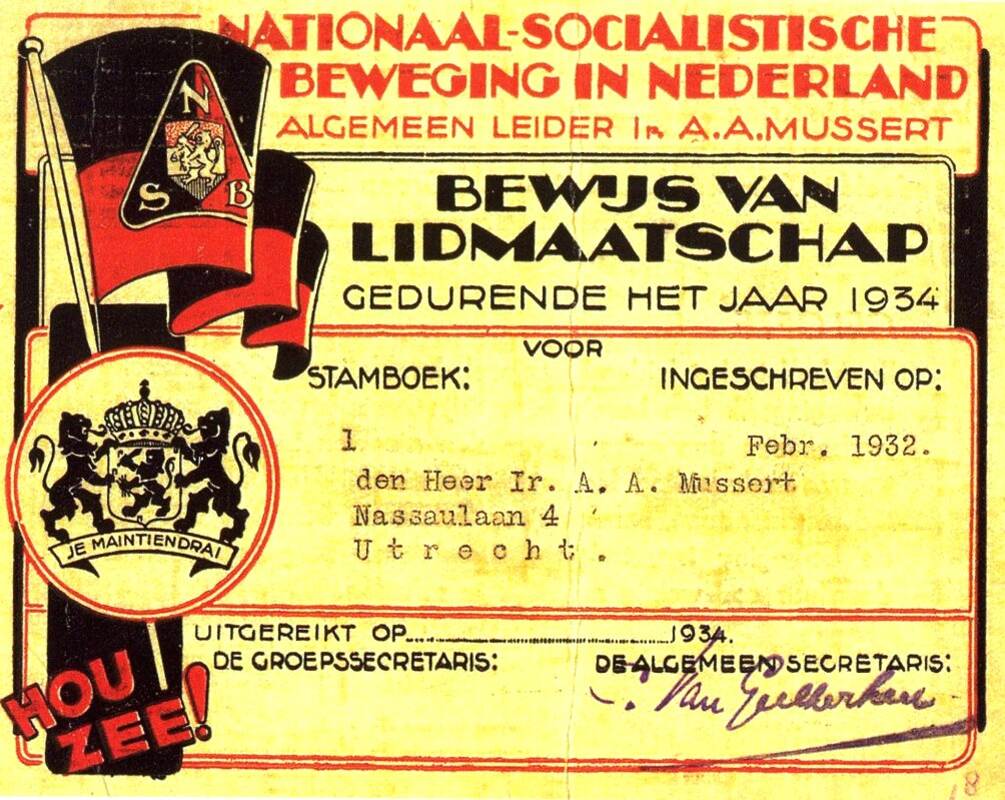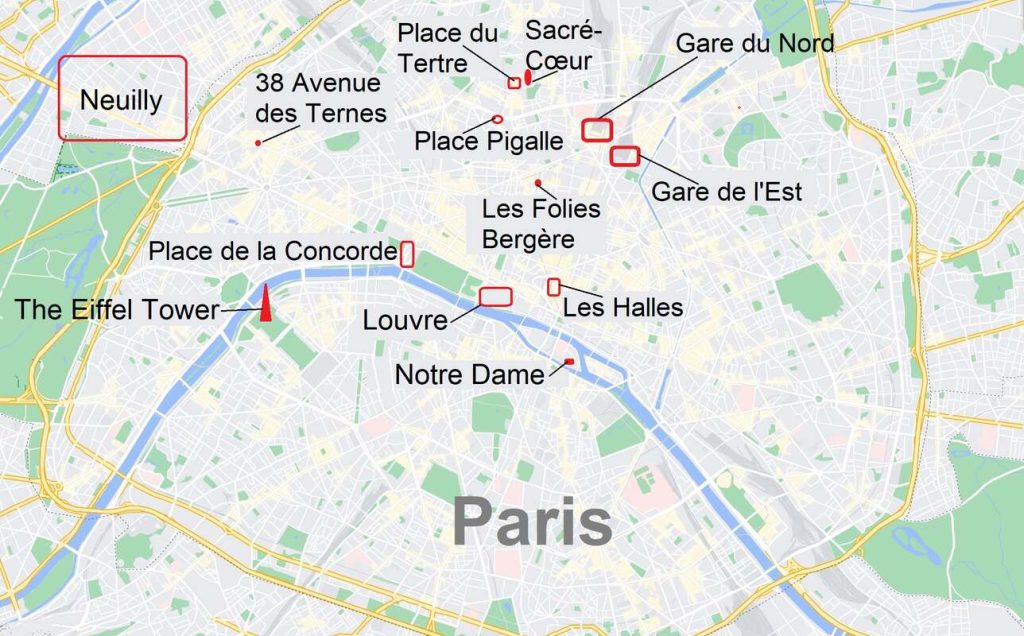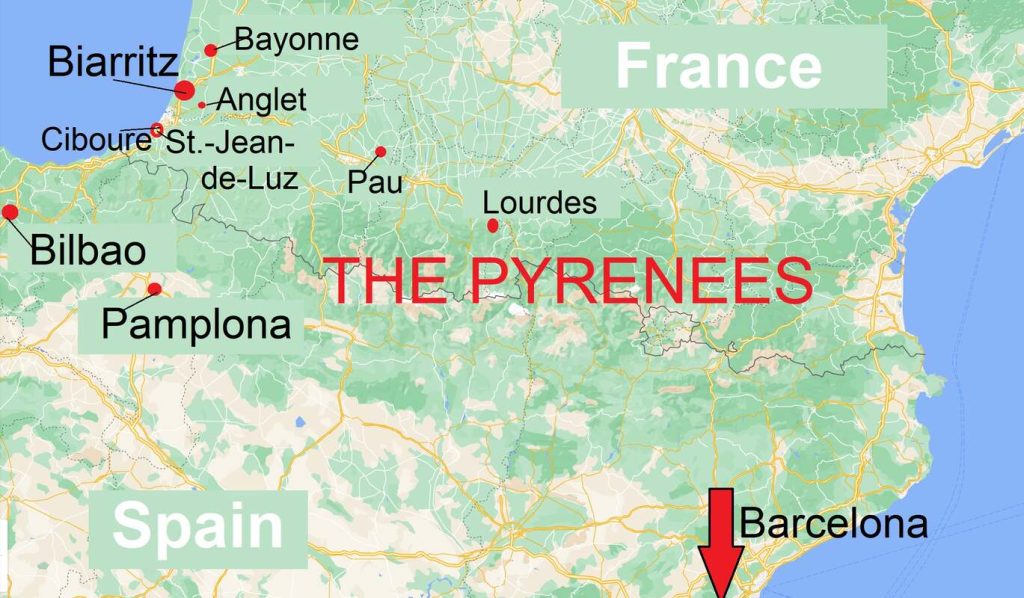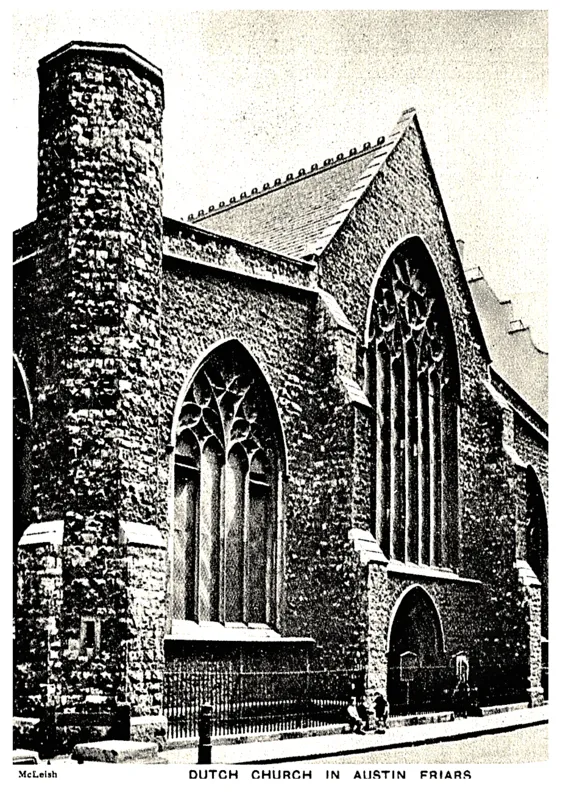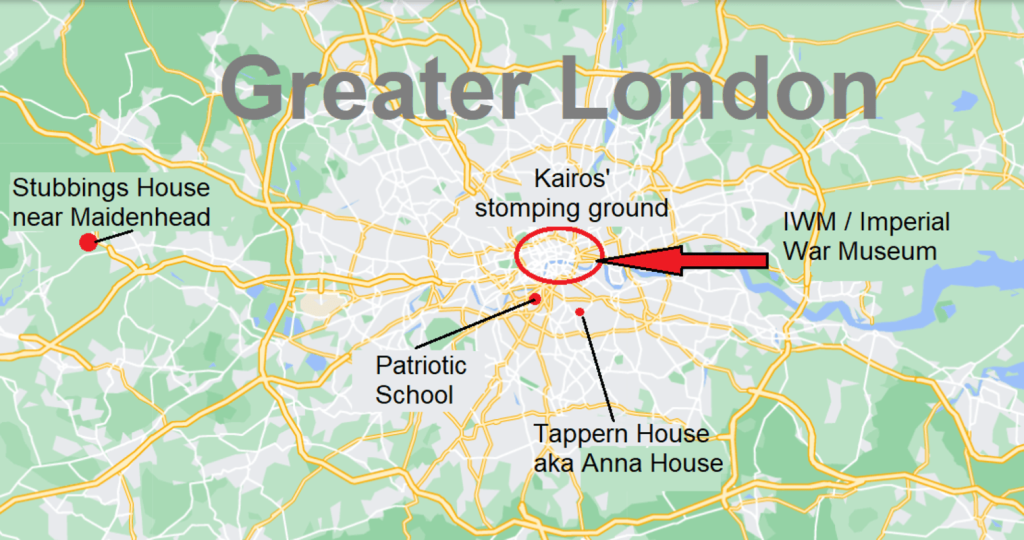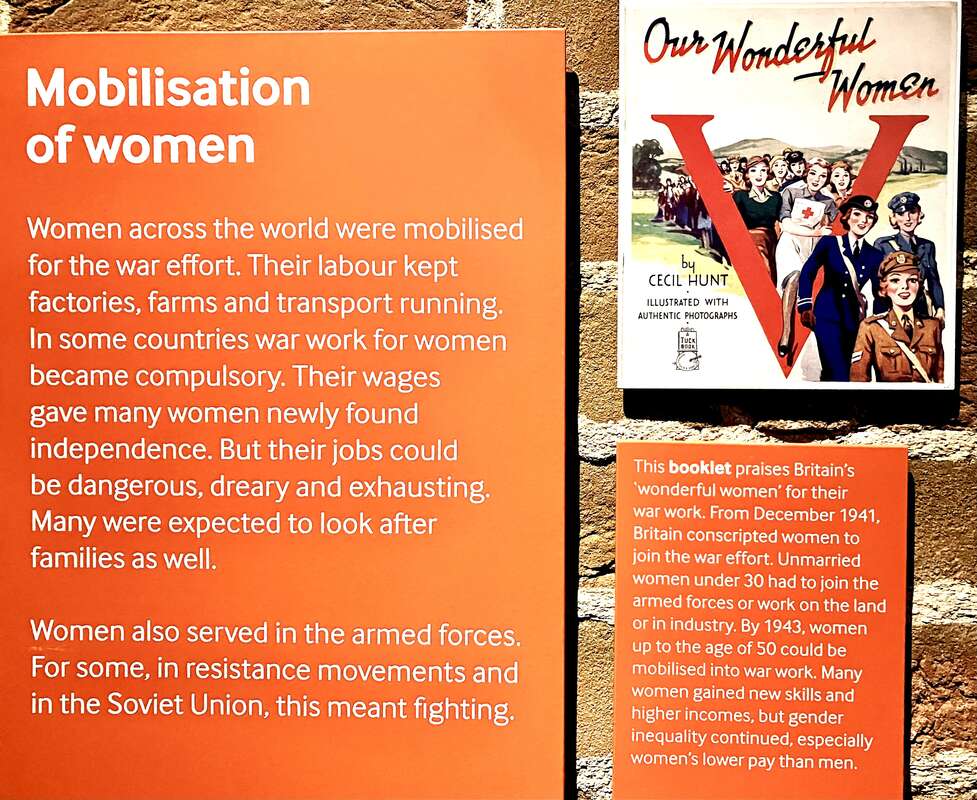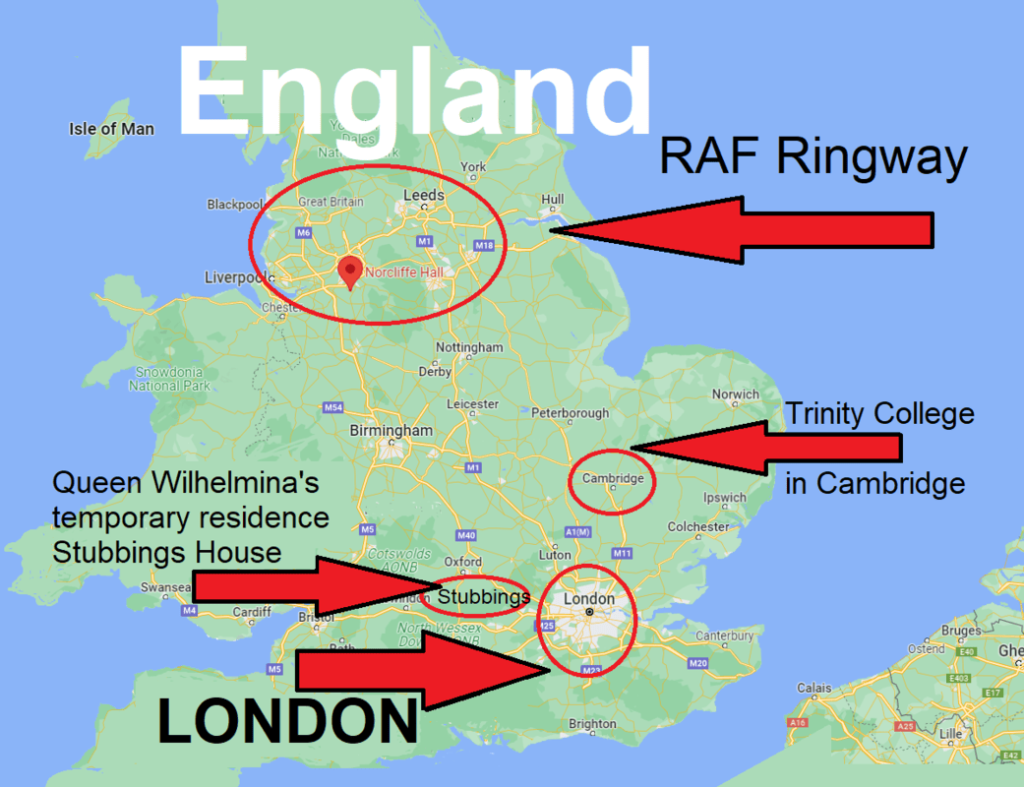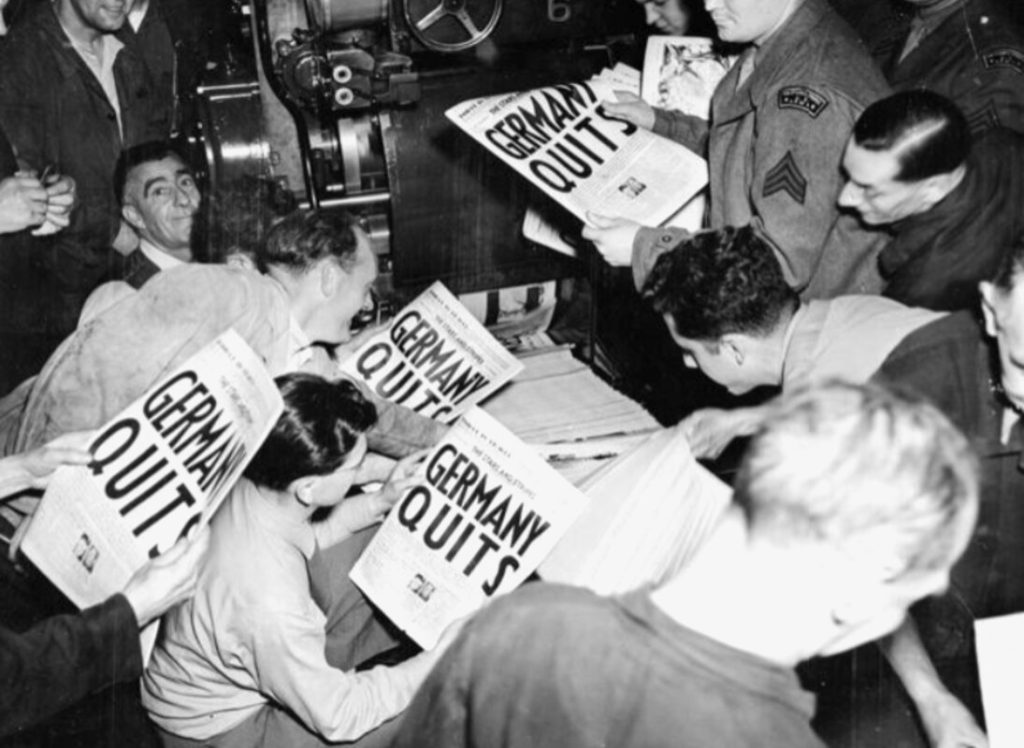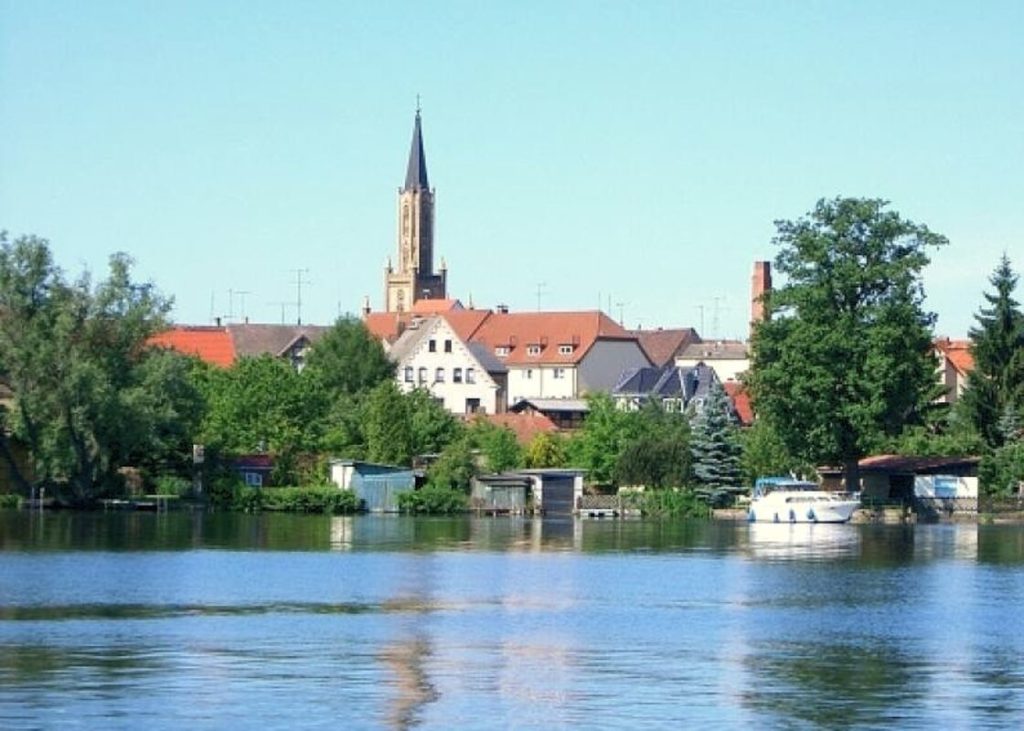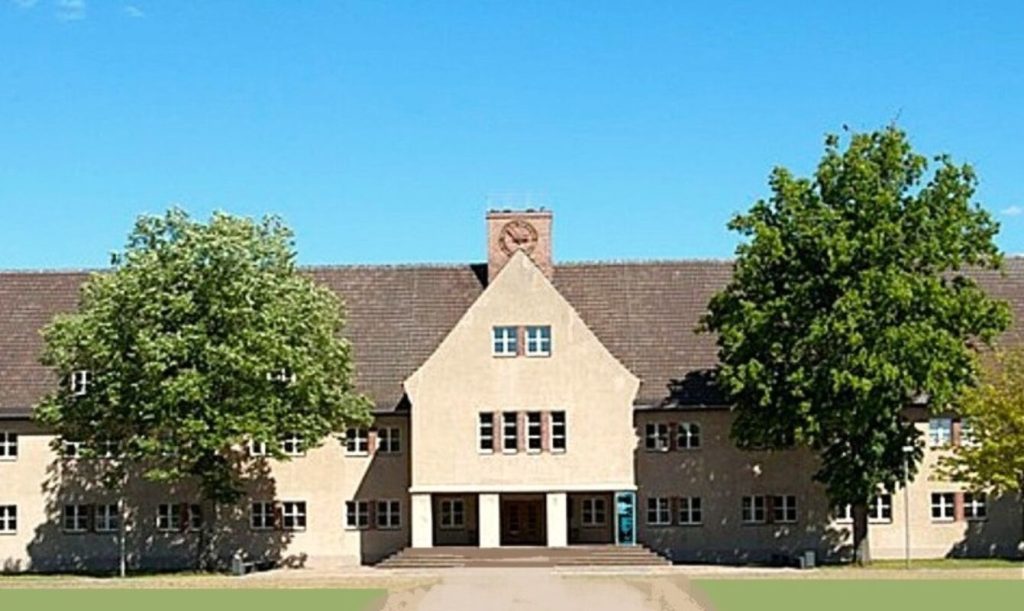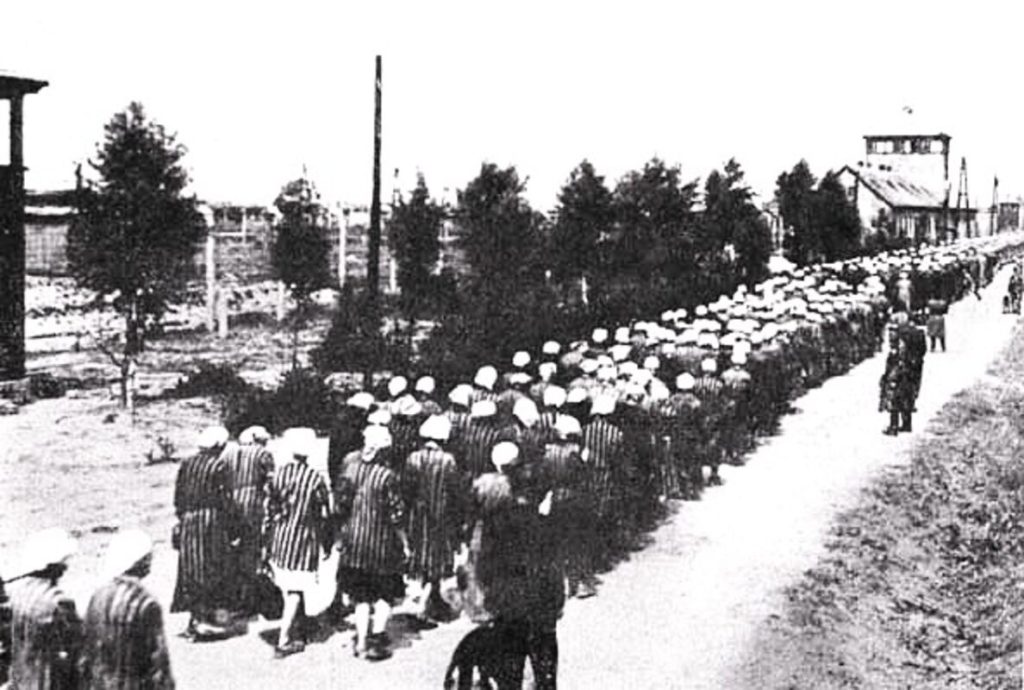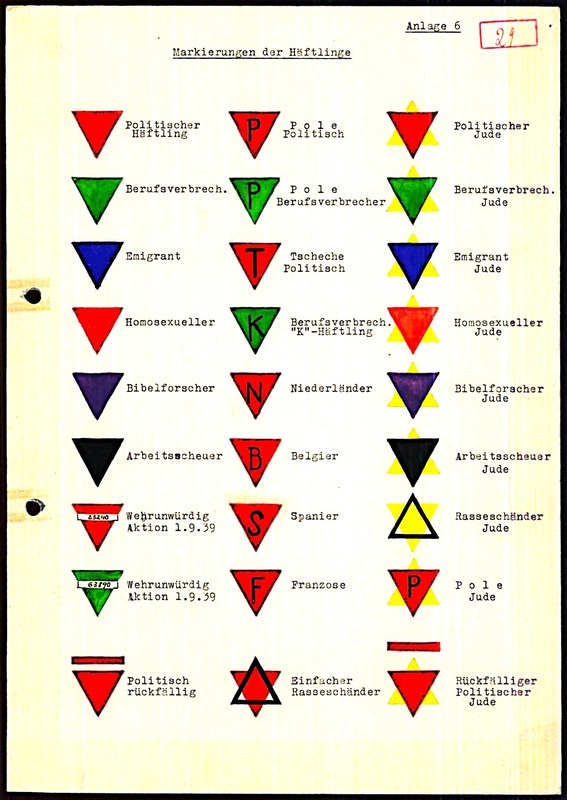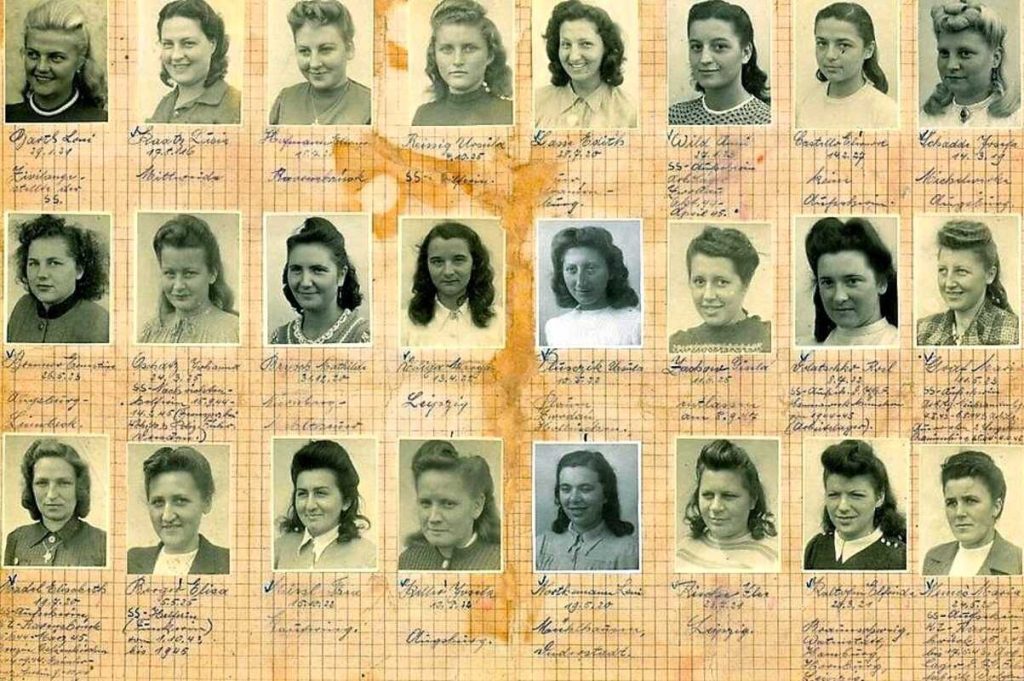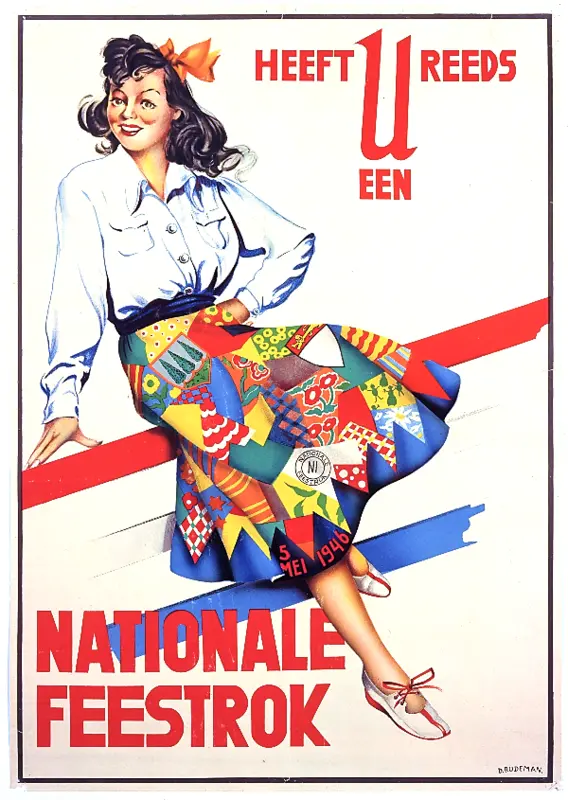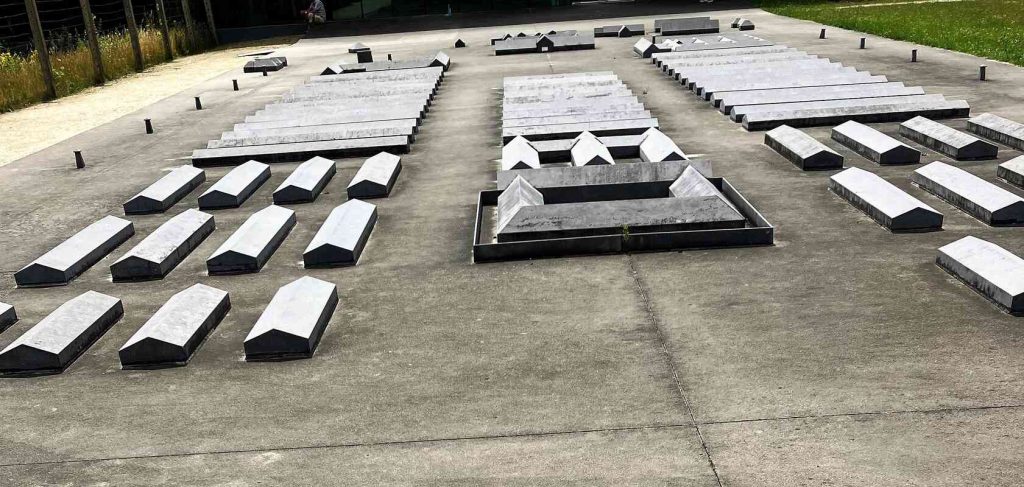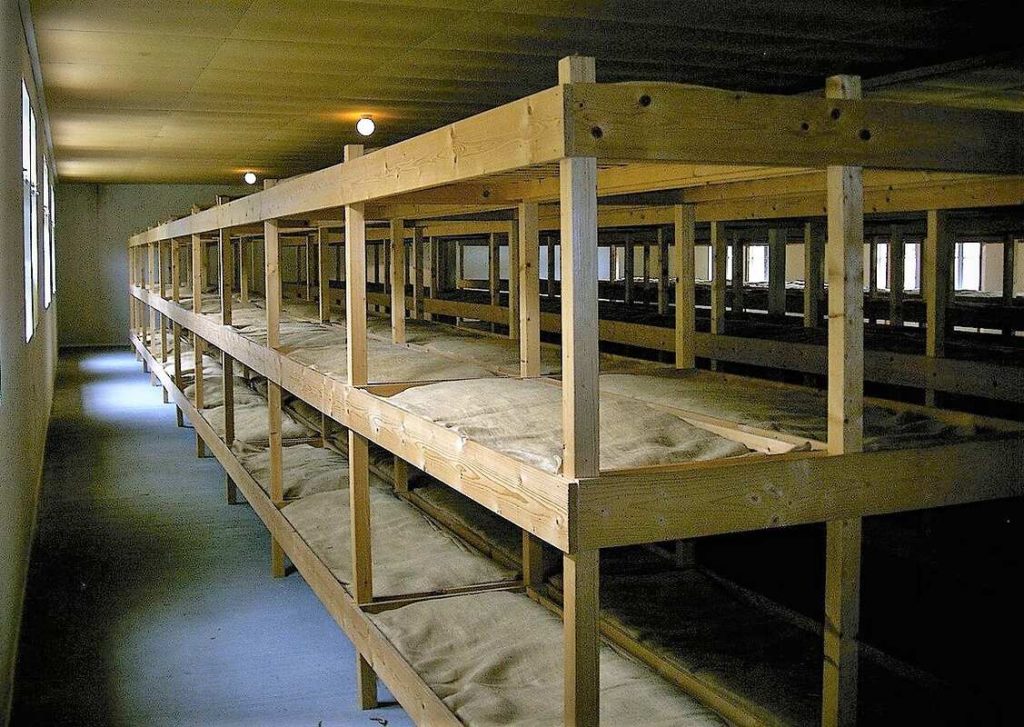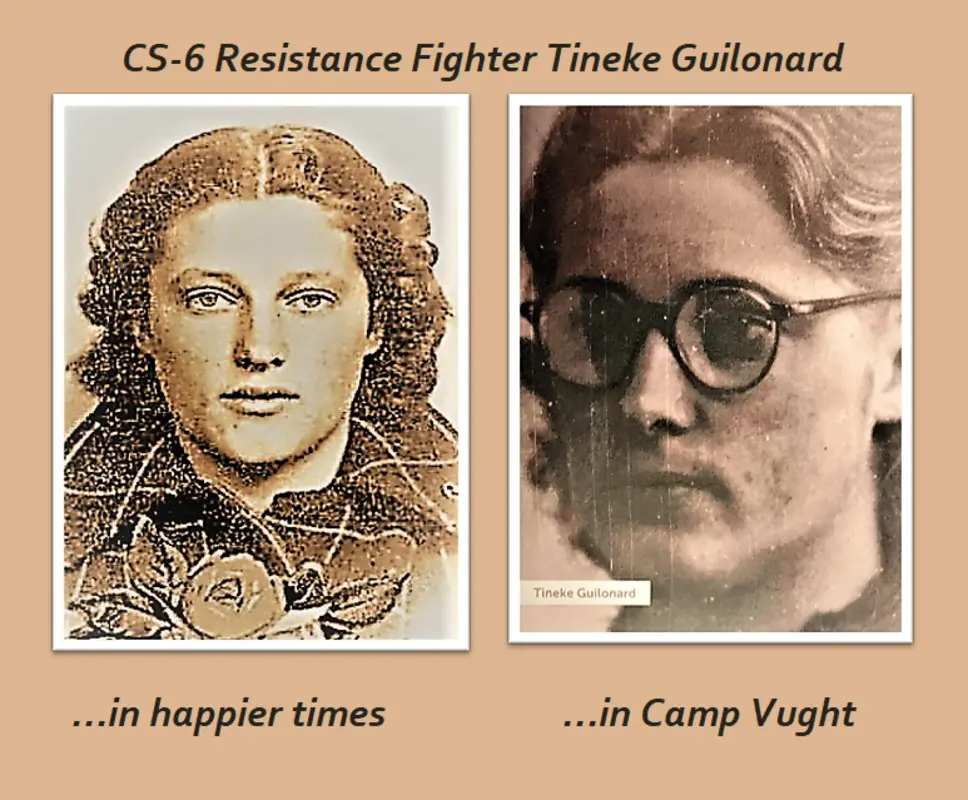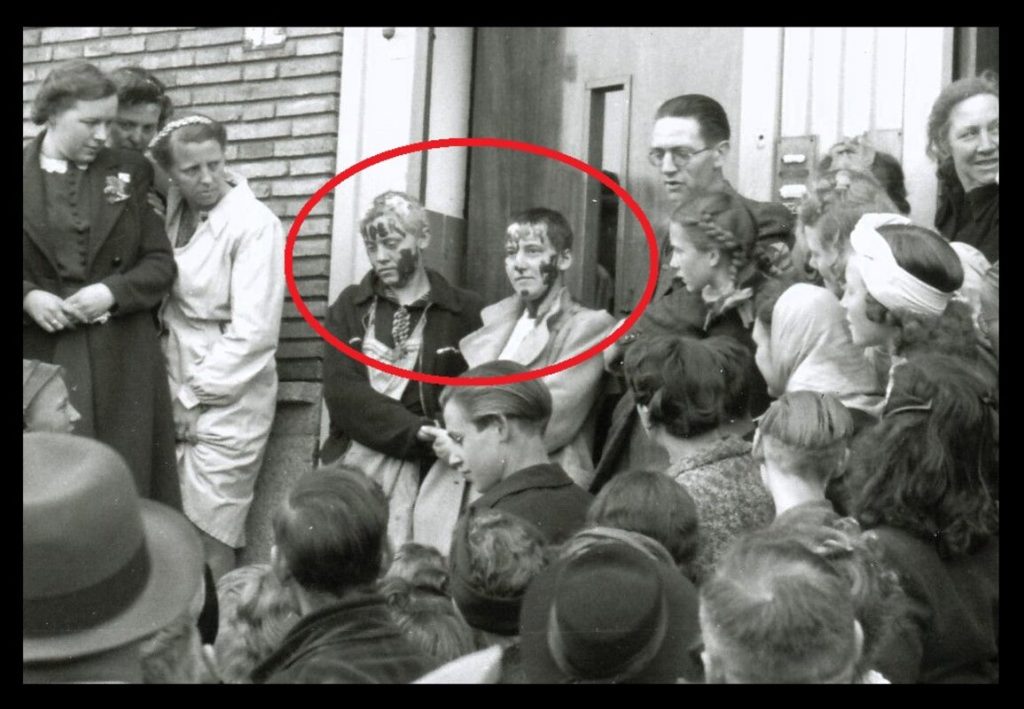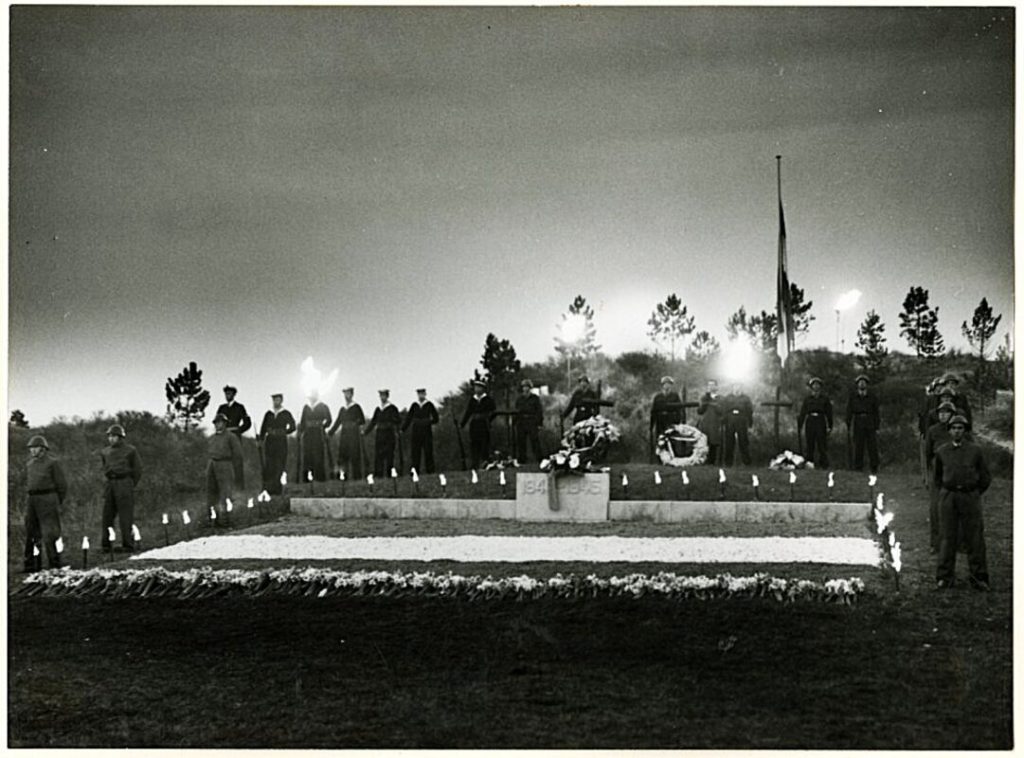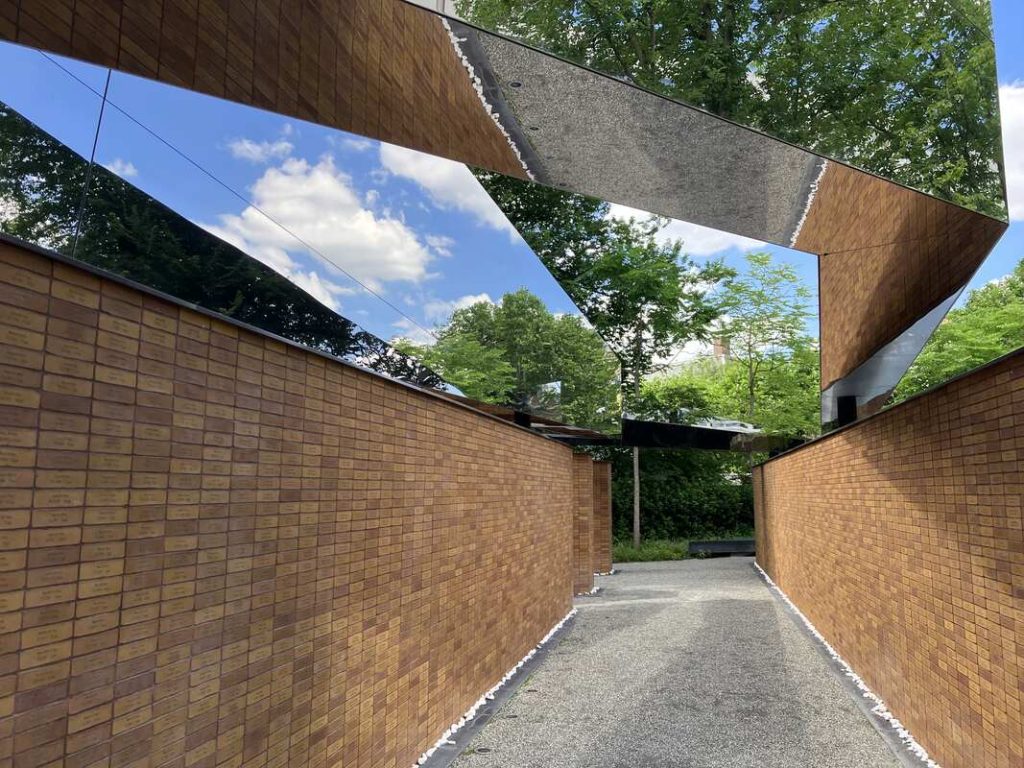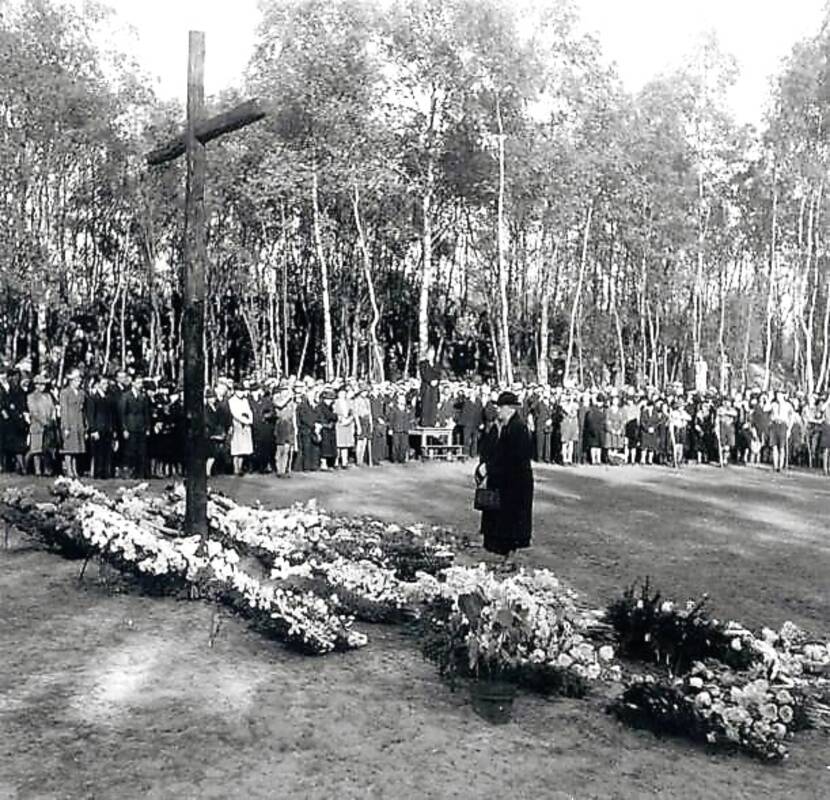RAVENSBRÜCK – The Camp
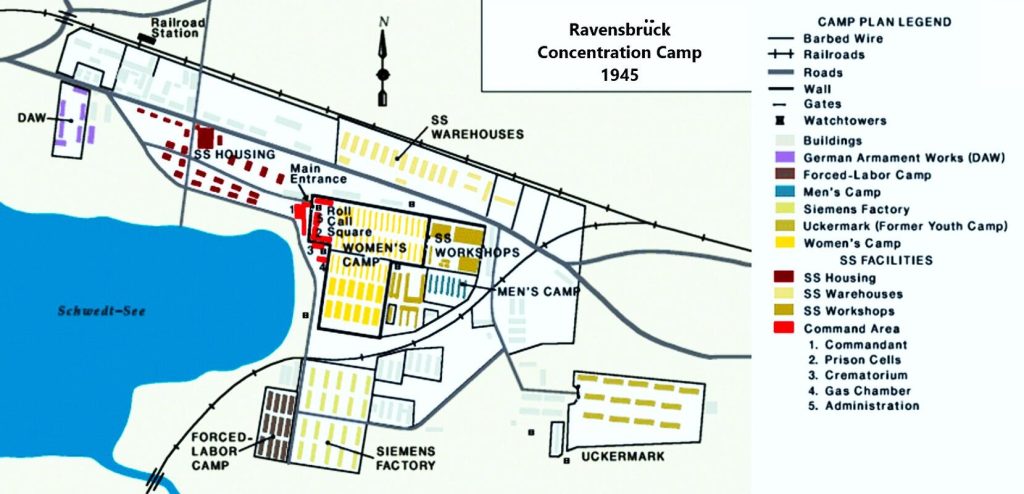
Adapted from US Holocaust Memorial Museum
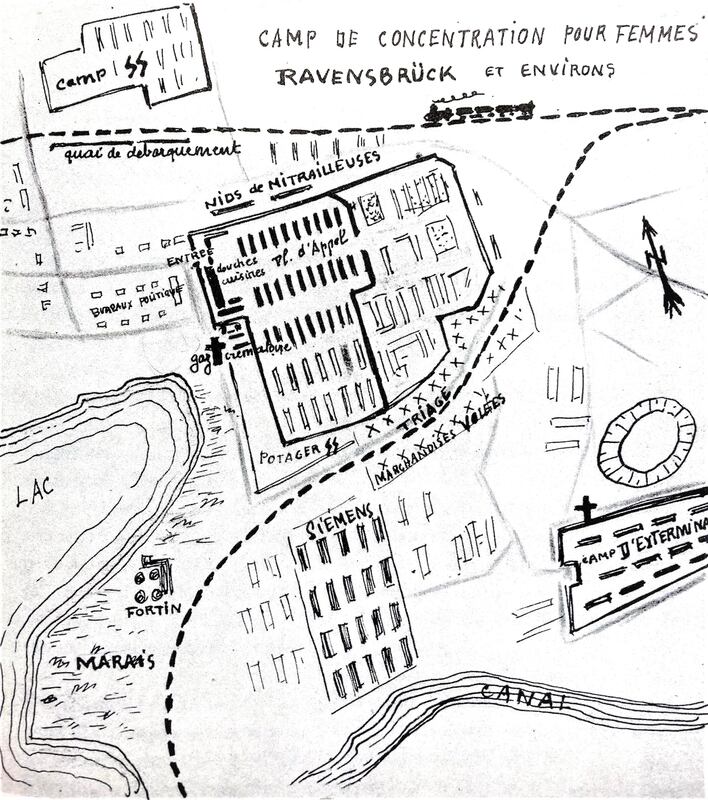
Drawing by Unknown French Prisoner
By the time Mies Boissevain and Dedée de Jongh reached Ravensbrück, the near bucolic re-education camp had already turned into a horrific death camp that was bursting at the seams. Close to 20,000 women lived in the space intended for less than a 1,000.
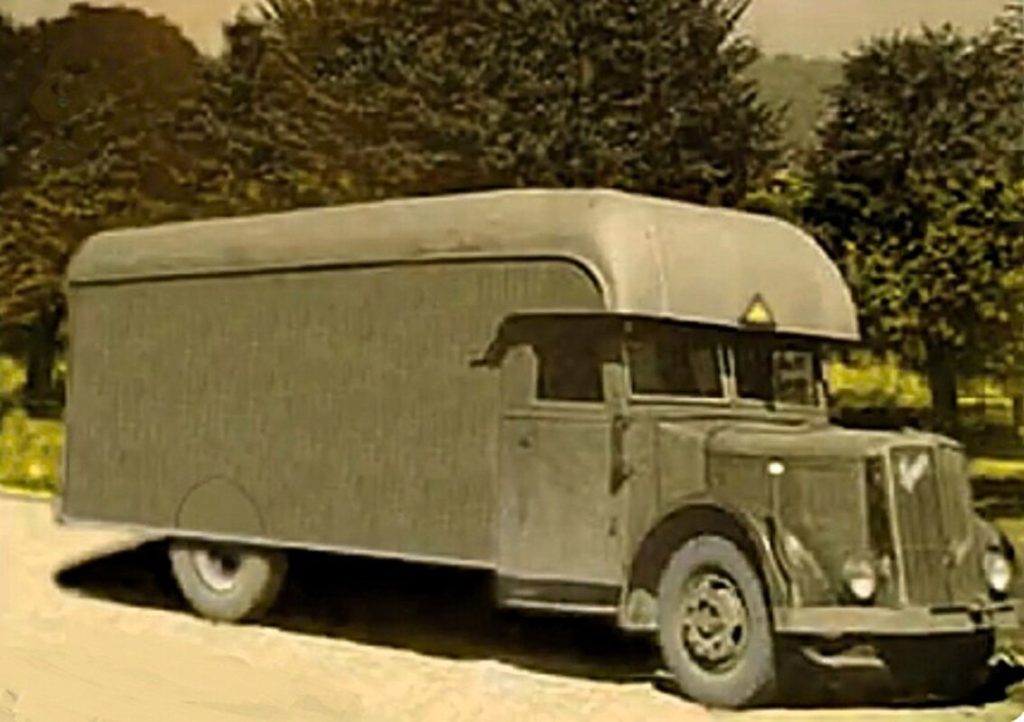
Although Auschwitz had about six times as many inmates, Ravensbrück was just as gruesome with its experiments on Polish girls as documented in Lilac Girls by Martha Hall Kelly. There were also what some nicknamed the “Minas” (pronounced /Mee-nas/), special gassing trucks whose mufflers diverted the exhaust fumes to the hermetically sealed off inside to kill the prisoners it supposedly transported to the Uckermark “Sanatorium” faster. While all the evidence was destroyed by the Nazis, eye witnesses confirm that they were most likely Sauer trucks (like the one above), which were commonly used in Germany at that time.
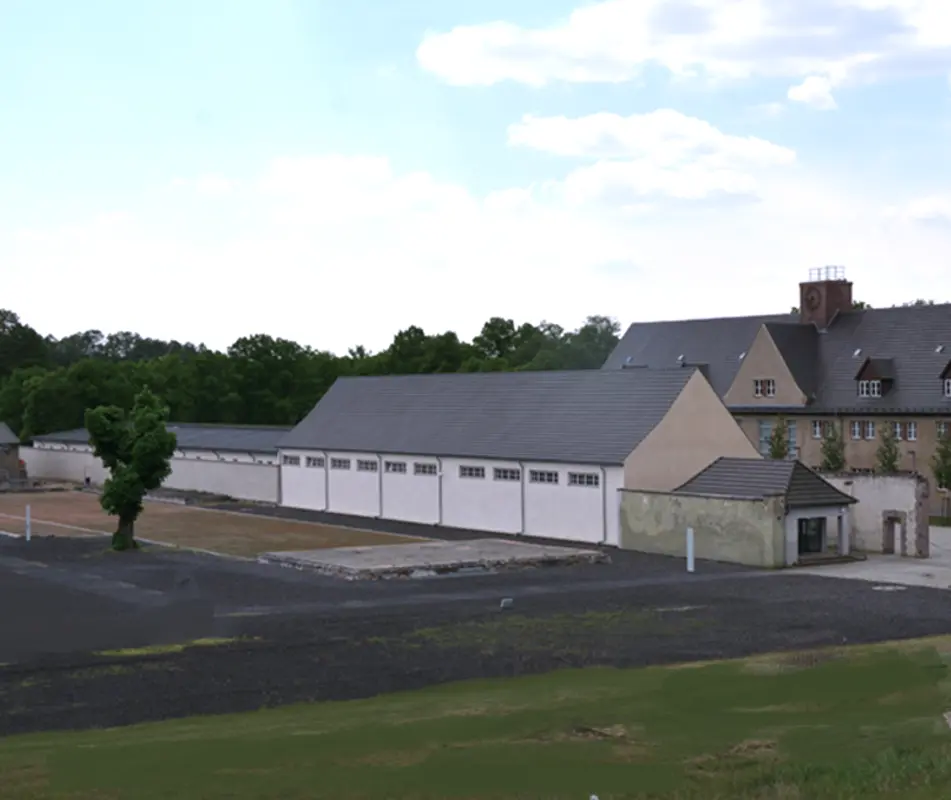
Picture credit: Jorinde
When Ravensbrück disappeared behind the Iron Curtain after the war, it was forgotten until the Berlin Wall came down in November of 1989. Besides the main reception building and a barrack or two, not much is left. Maybe that is why only in the new millennium, researchers like Sarah Helm pieced together from eye witness accounts what Ravensbrück: Life and Death in Hitler’s Concentration Camp for Women was really like:
“In Britain…the ignorance is startling, as it is in the US. The British may know of Dachau, the first concentration camp, and perhaps of Belsen because British troops liberated it and the horror they found there, captured on film, forever scarred the British consciousness. Otherwise, only Auschwitz, synonymous with the gassing of the Jews, has real resonance.”
similar galleries
discover
JOIN MY NEWSLETTER
To receive announcements about new blogs, images, essays, lectures, and novels, please sign up.




